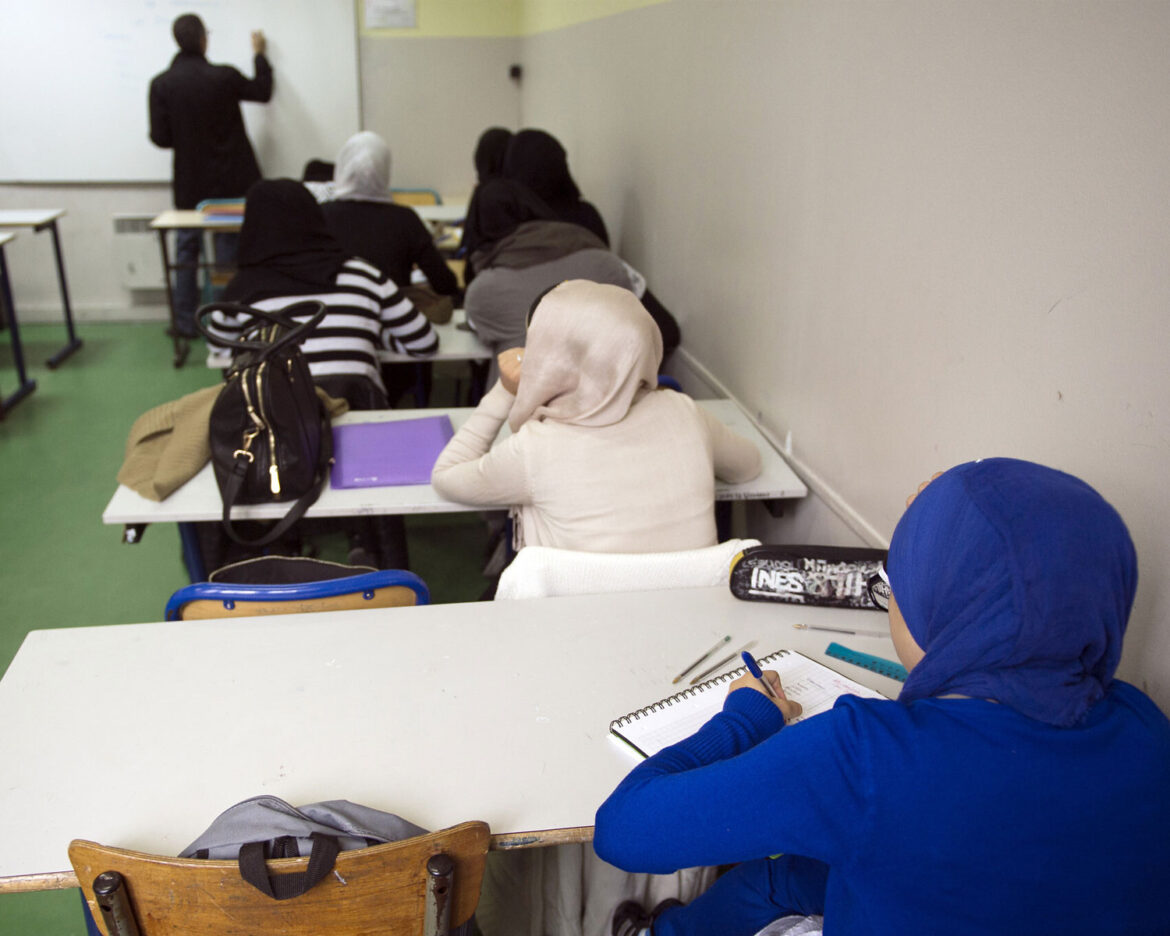In a move sparking both controversy and debate, authorities in France are considering a ban on the wearing of abaya dresses in schools. The abaya, a traditional Muslim attire worn by some women, has come under scrutiny as Education Minister Gabriel Attal argues that it violates the country’s principles of “strict secularism.” The proposed ban is expected to be implemented ahead of the nationwide return to classes on September 4.
Education Minister Gabriel Attal, speaking on TF1 television, stated, “It will no longer be possible to wear an abaya at school.” He emphasized his intent to establish clear guidelines at the national level for school administrators. This decision follows prolonged discussions around the wearing of abayas in educational institutions. Notably, the wearing of headscarves by women has already been prohibited in schools.
The proposed ban has been met with differing opinions across the political spectrum. The right and far-right factions have advocated for the ban, asserting that it upholds the principles of secularism. Conversely, those on the left argue that such a prohibition infringes upon civil liberties.
Tensions have arisen within schools on the matter, with reports of an increasing number of abayas being worn and disagreements between teachers and parents. Minister Attal framed the issue within the context of secularism and the educational environment, stating, “Secularism means the freedom to emancipate oneself through school.” He referred to the abaya as a “religious gesture” aimed at testing the boundaries of secularism in the educational setting.
The Education Minister further emphasized that a classroom should not reveal students’ religious affiliations. He cited a law enacted in March 2004 that banned students from wearing symbols or attire that visibly indicate religious associations. This law encompassed items like large crosses, Jewish kippas, and Islamic headscarves. Unlike headscarves, abayas had not previously faced an outright ban, existing in a gray area within school regulations.
Last November, the education ministry issued a circular addressing this issue. The circular categorized the abaya as part of a group of clothing items that could be banned if they were worn in a manner that openly displayed a religious affiliation. This classification included other items like bandanas and long skirts.
As the debate continues, France finds itself at a crossroads between respecting religious freedoms and upholding its principles of secularism within the education system. The impending ban on abayas adds another layer to the ongoing discourse surrounding cultural expression and religious practices in public spaces.



